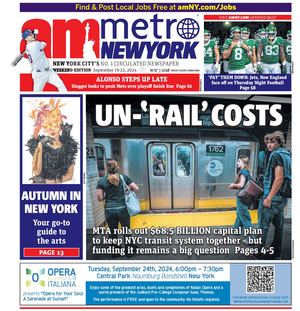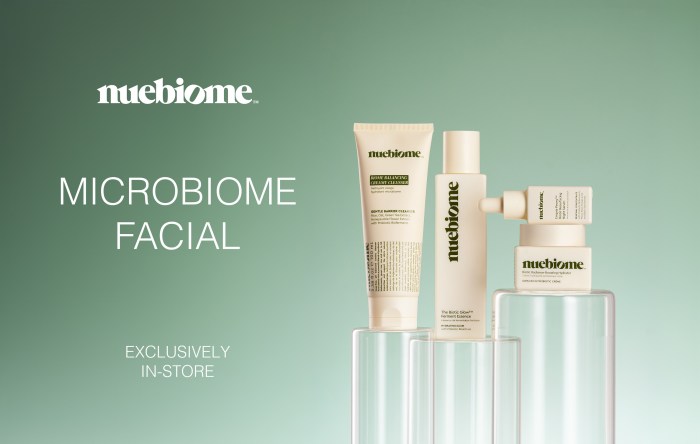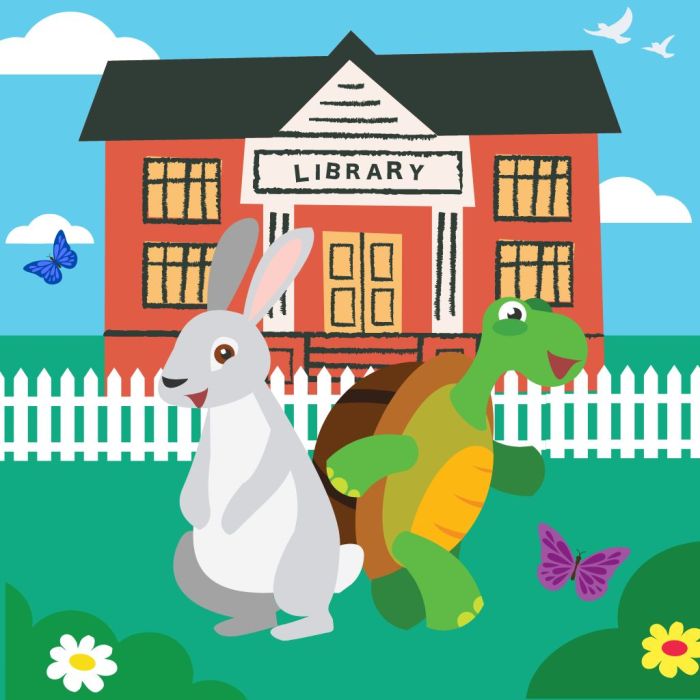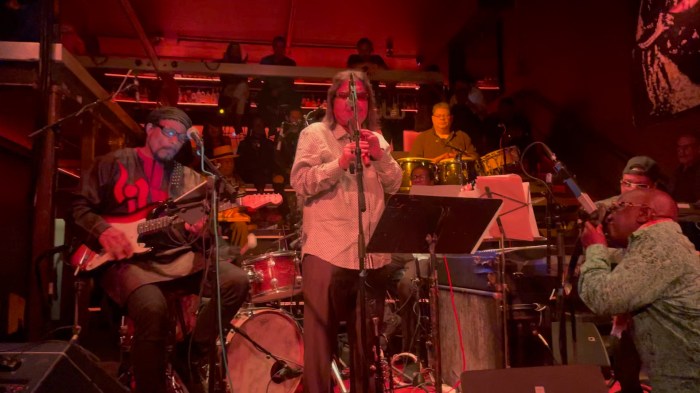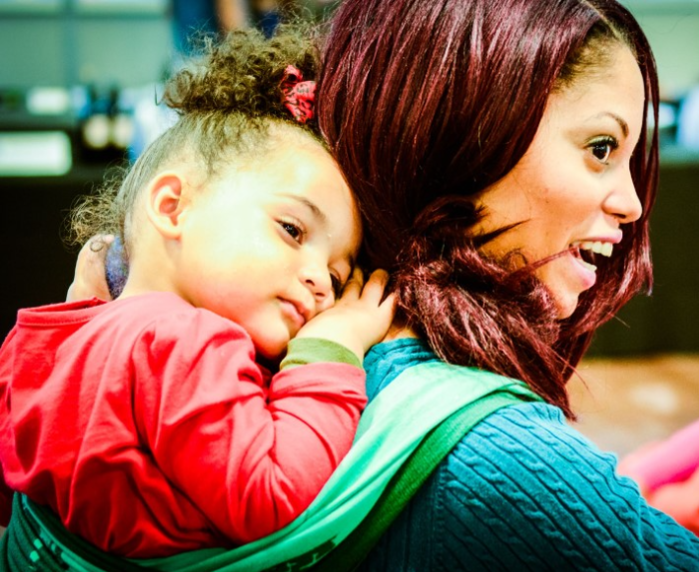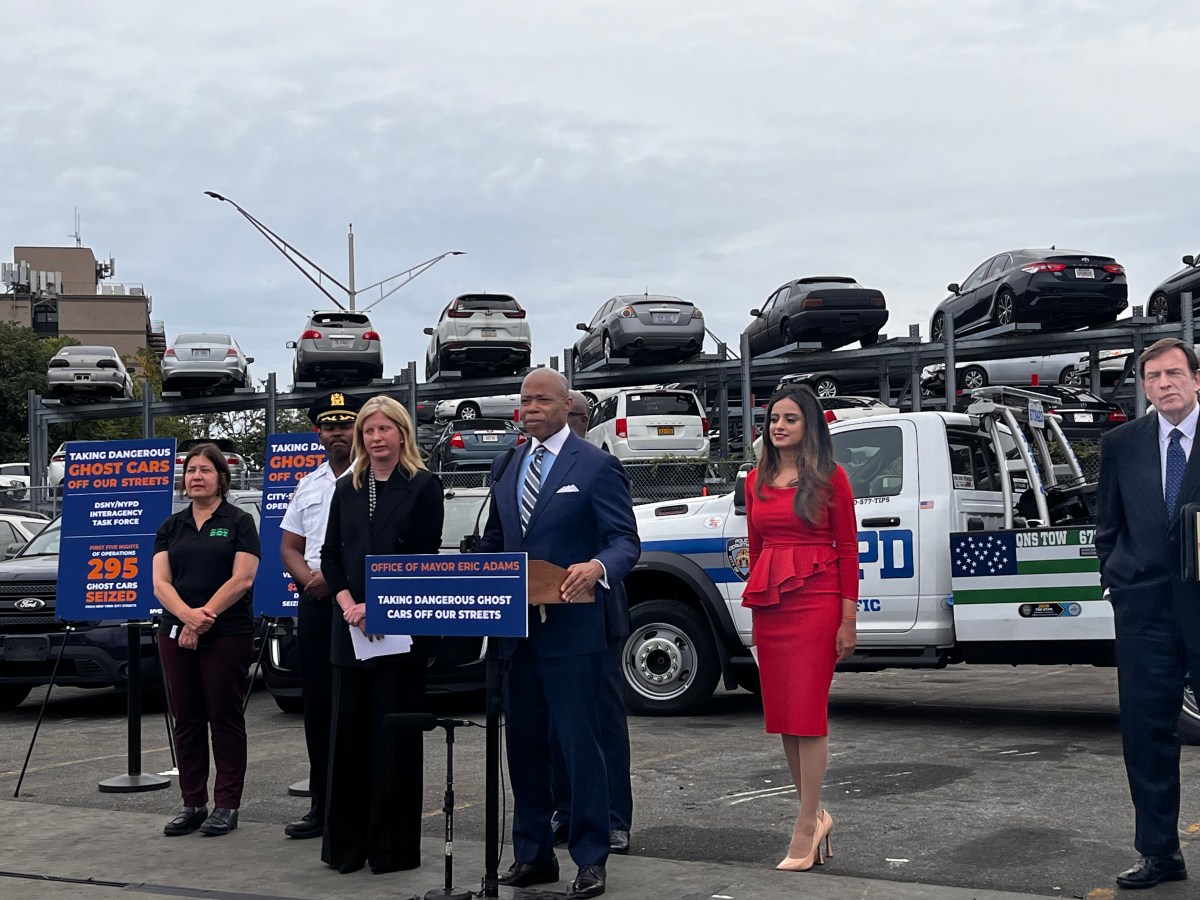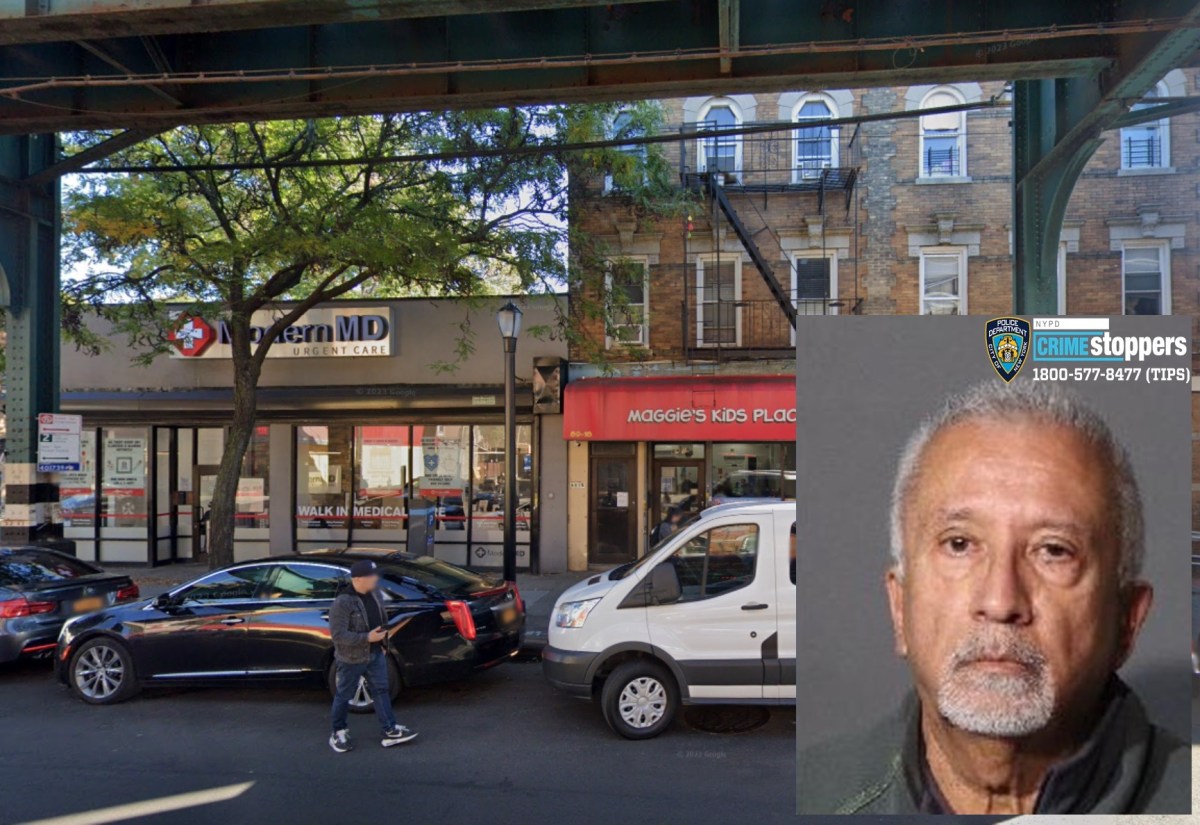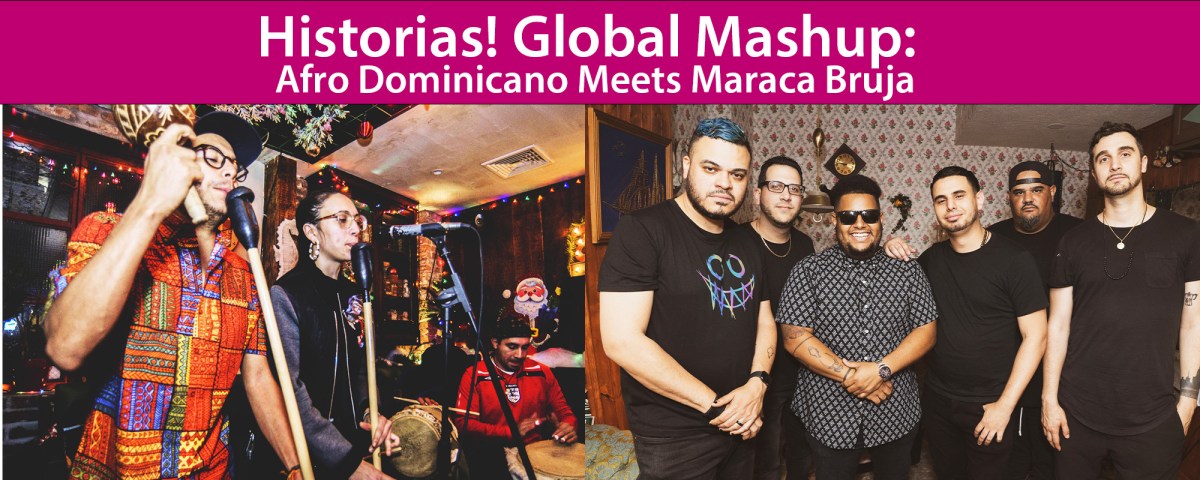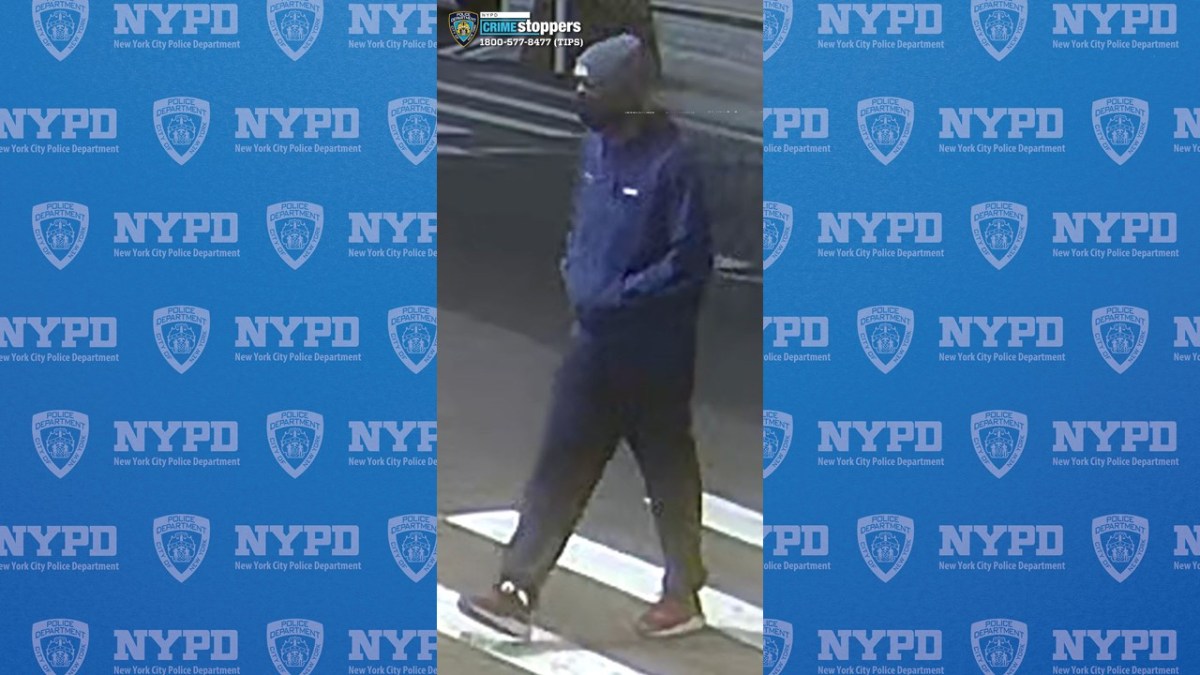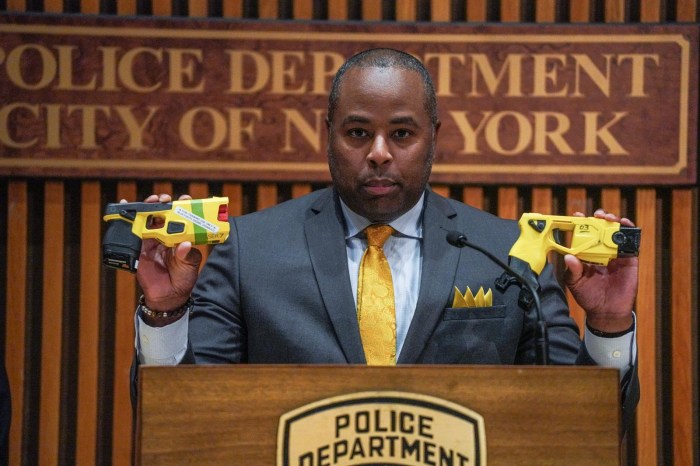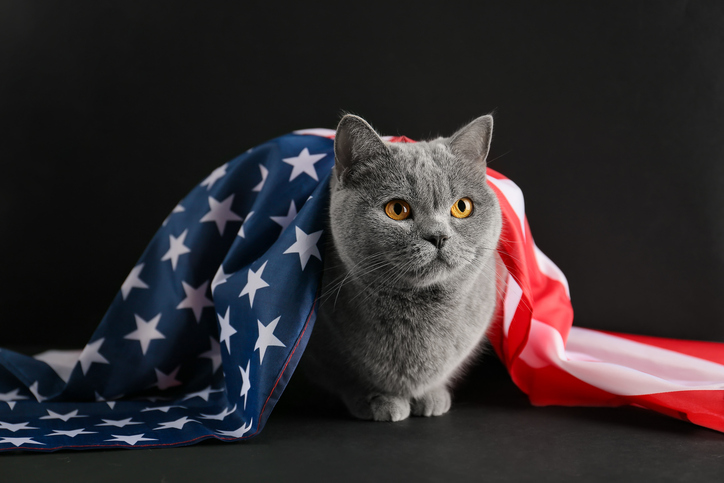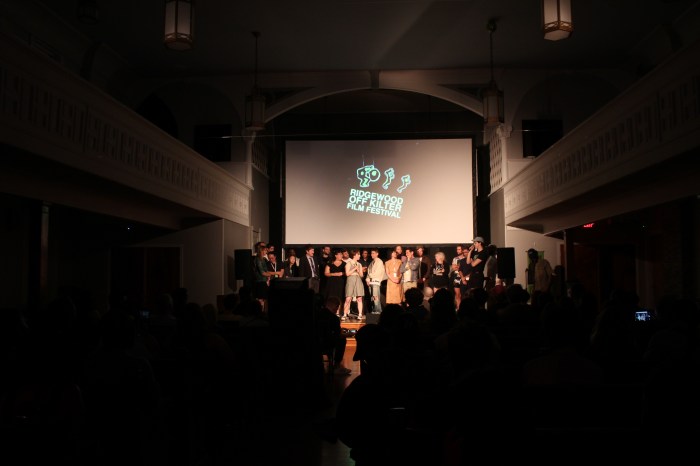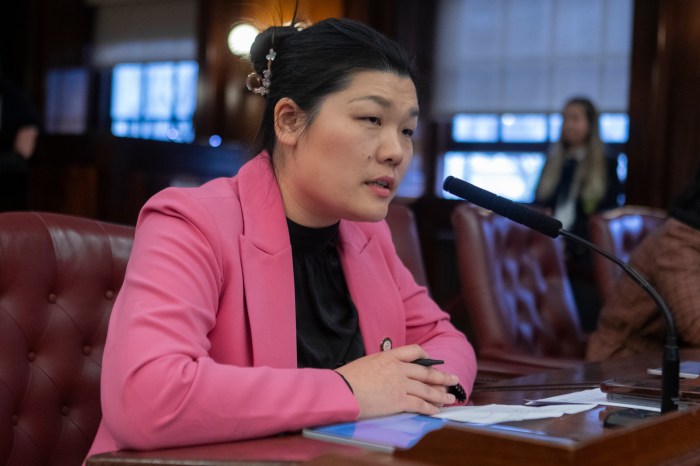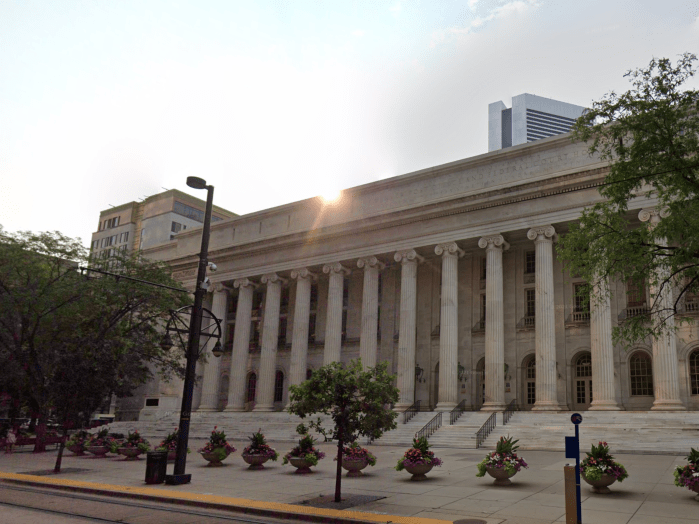Veterinarians, animal rescuers and nonprofit leaders packed City Hall on Friday for a six-hour hearing on the state of animal welfare in New York City.
What is the state of animal welfare? Not great, according to the testimony of more than 100 people. Rescuers and shelters are struggling, and say they need city funding to bring down shelter populations, support pet owners and reduce the number of strays suffering on city streets.
Animal welfare agencies struggle to keep up with need
After a boom in pet adoptions during the pandemic, numbers are lagging — while intakes and owner surrenders are up, said Queens Council Member Lynn Schulman, chair of the council’s health committee. Shelters are overcrowded, and rescue organizations are overwhelmed.
But New York City spends less money per capita on animal welfare than other large cities, Schulman said.
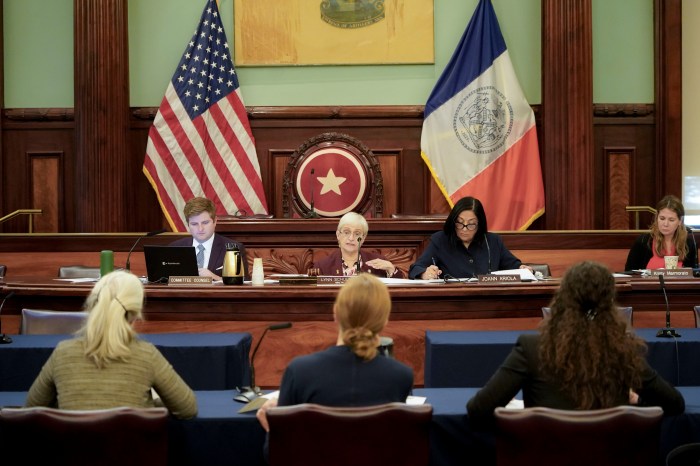
“New York City has a long history of being a national leader in the implementation of innovative policies,” Schulman said. “We need to make sure to ensure that city resources are being adequately provided as well as funded, but we also need to address the root causes of these issues, and not just put a Band-Aid on a deep wound.”
Testimony began with Alexandra Silver, director of the Mayor’s Office of Animal Welfare; Risa Weinstock, CEO of Animal Care Centers of NYC; and Corinne Schiff, deputy commissioner of the health department’s Division of Environmental Health.
The three represent the center of the city’s animal welfare programs — and all are facing difficulties, despite some recent successes. Silver said she is the only full-time staffer at the Mayor’s Office of Animal Welfare, but they do get some support from the Mayor’s Office of Community Affairs.
So far this year, ACC — a nonprofit that runs the city’s public, open-intake animal shelters — has taken in more than 13,000 animals, Weinstock said, mostly strays and pets surrendered by their owners.
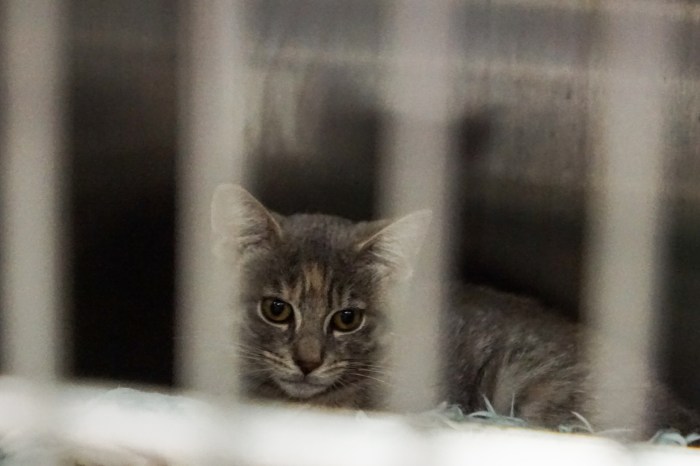
“The common thread to these intakes is financial hardship,” she said. “Job losses, housing instability, pet restrictions in housing, the rising cost of basic pet care, pet food and veterinary services.”
Stewart Mitchell, a Brooklyn-based writer and animal rescuer, said that when his cat got sick with Feline Infectious Peritonitis in 2021, he had to rely on help from friends, family and online followers to pay the more than $9,000 vet bill.
“No parent or caretaker should have to deal with the stress of dealing with an expensive vet care bill when we already have enough to worry about, like getting our rent paid, clothing our children, putting food on the table, and taking care of utility bills,” he said. “Council, you have the power today to impact so many lives in a positive way, human and animal.”
Advocates stress need for low-cost spay/neuter
A lack of affordable spay and neuter services is a significant contributor to the population of strays and shelter animals, advocates say. Unaltered animals can produce unwanted litters either in homes or on the streets, increasing the stray population or leaving owners with more animals to re-home or care for.
Dr. LaCheryl Ball, director of surgery at Flatbush Vet, said that though she and her colleagues in veterinary medicine are committed to tackling the animal overpopulation crisis, they cannot do it alone.
“Those that have pursued spay/neuter as a career shoulder the push to do as many surgeries as we can daily, and many of my peers have considered permanently leaving the field after being overworked and underpaid while witnessing suffering and neglect on a daily basis, and feeling there is not enough support for there to be an end in sight,” she said.
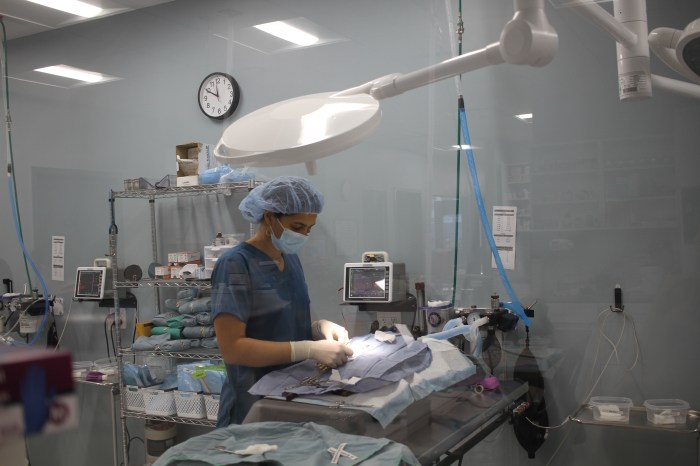
City support could allow more affordable vet clinics to open, more vets to be trained, and more animals cared for, she said, which would reduce shelter populations.
Currently, the city’s health department has a six-year, $3 million budget for low-cost spay/neuter surgeries, Schiff said, enough for 24,000 surgeries. Those surgeries are provided through the ASPCA.
Since 2020, the ASPCA has provided more than 80,000 spay and neuter surgeries to ACC and other rescues and more than 6,000 to owned pets, said Delores DeFerrari, director of operations
“While these numbers are significant, they only scratch the surface of the need,” DeFerrari said. “The demand for appointments at our clinics is overwhelming, with schedules often booking within minutes of opening.”
Experts at the ASPCA estimate that low-income households require roughly 85,000 low-cost spay and neuter appointments each year — not counting appointments needed for “community” cats, or local strays.
City officials dodge questions on needed resources
But Schiff, earlier in the hearing, indicated the DOH has never run out of spay/neuter funding. She could not provide figures on how much of the current $3 million had been spent, and said using the full amount would be a “great problem.”
Her response drew criticism from some in the chamber.
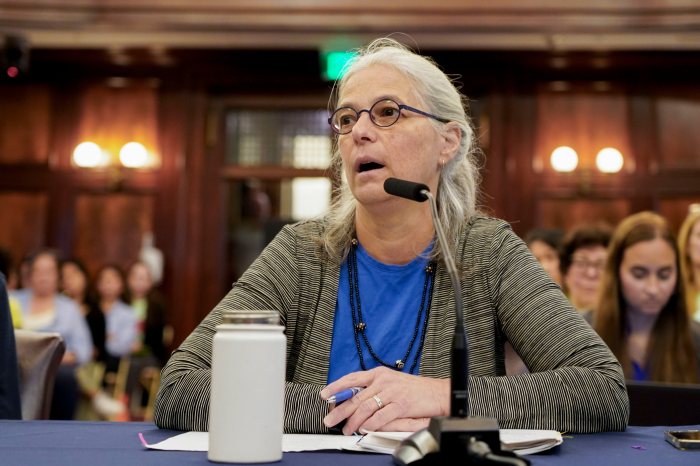
“You’ve gotta help us help you,” said Brooklyn Council Member Justin Brannan, who has championed more city funding for animal welfare.
During budget negotiations, city agencies like DOH will privately express their need for more money, he said.
“But then when OMB calls, or the mayor calls, you say you’re fine,” he continued. “We want to help, but we need to be on the same page when we’re in budget negotiations … I understand no one wants to look like they’re not able to do their job, but it’s not helpful when we’re not on the same page there.”
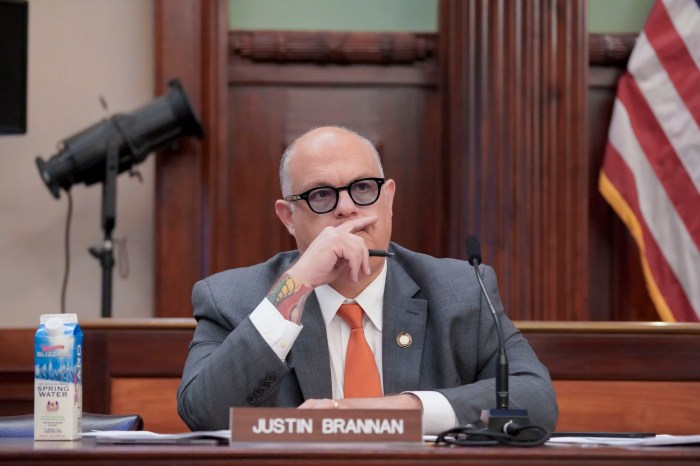
Allie Taylor, a Bushwick resident and founder of Voters for Animal Rights, agreed.
The advocate said she was “surprised” by DOH’s “lack of candor,” and said she doesn’t think the department should have oversight of ACC.
“It is unfathomable to me that they would show up to a City Council hearing, and when asked if they want more money for spay/neuter, to basically say ‘Nah, we’re good,’” Taylor said. “I hope that what you saw today is indicative that we absolutely need change.”
Scaling up existing resources
Advocates said the need for veterinary care extends beyond pet owners, especially for individual rescuers who spend their own money caring for animals.
“I am worried that the city of New York right now is taking advantage of, if not exploiting the compassion of animal lovers,” Brannan said, adding that those animal lovers are willing to spend their “last dime” feeding feral cat colonies.
Sassee Walker described herself as a “one-woman show” who rescues in Brownsville, East New York and Canarsie. She shoulders the cost of vet care, cat traps and food, and more largely on her own.
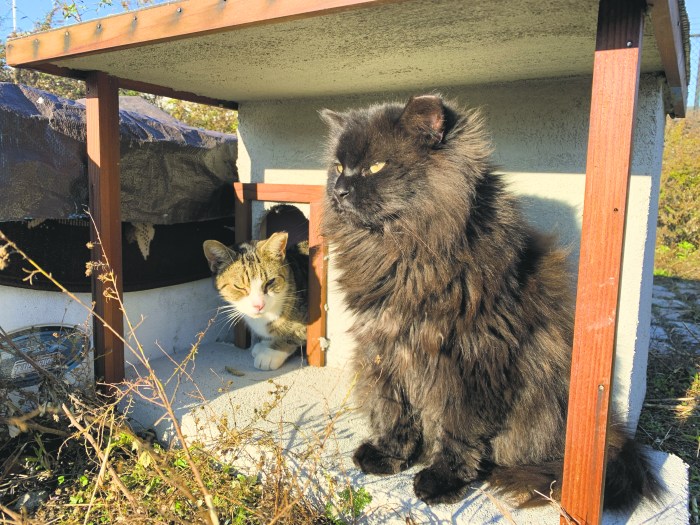
“I am so exhausted, I am so exhausted that sometimes I say I am leaving New York,” she said. “I talk to people all over the world, they have free spay and neuter … and it’s like, I want a little bit of a life. I would love a little bit of me time.”
Will Zweigart, founder of Flatbush Cats and Flatbush Vet, said he opened the clinic because he saw that the city could not rescue or adopt its way out of the shelter crisis. The clinic, a nonprofit, is funded mostly through donations and grants.
“We built this clinic as a model, to show you what is possible, because we need a minimum of 100,000 spay/neuter appointments per year to dramatically reduce intake numbers,” he said. “Imagine the possibility if we scaled clinics like Flatbush Vet to every borough.”
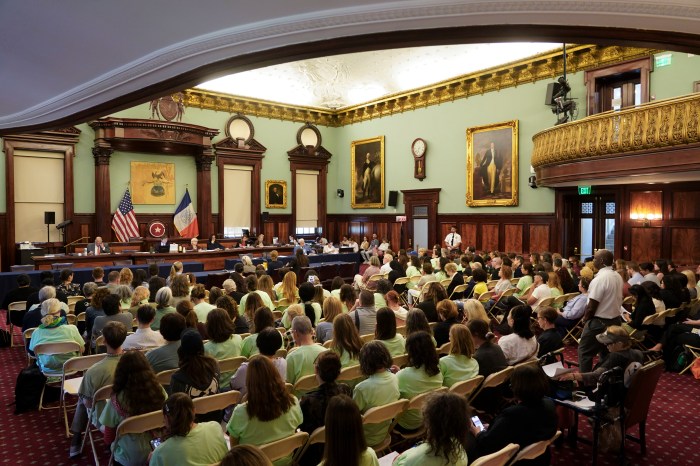
Schulman said she had recently visited Flatbush Vet, and was impressed by the model. She has made a commitment, she said, to bring it to the Queens council delegation next year to see if they can bring the model to Queens County — and already has support from Council Members Joann Ariola and Robert Holden.
“The next steps are clear,” Zweigart told Brooklyn Paper after the hearing. “The city should create a new fund to make spay/neuter services more affordable for pet owners and rescuers. And they must hold the Department of Health accountable for taking meaningful action on these issues.”
